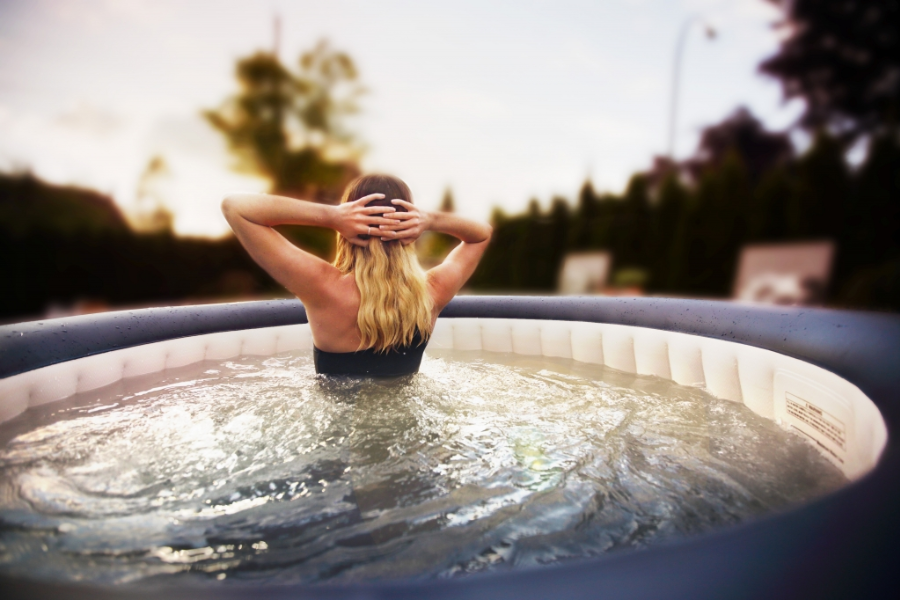Introduction:
Hot tubs offer a luxurious retreat, providing relaxation and therapeutic benefits. However, to ensure a safe and enjoyable experience, proper maintenance is essential. Central to this maintenance is the diligent use of Hot Tub Chemicals. These substances play a crucial role in balancing water chemistry, sanitizing the tub, and safeguarding against harmful bacteria. In this guide, we’ll delve into the importance of hot tub chemicals, the types available, and how to use them effectively.
1. Understanding Water Chemistry
Maintaining the proper balance of chemicals in a hot tub is paramount for both hygiene and comfort. The primary factors to consider are pH levels, alkalinity, and sanitizer concentration. pH measures the acidity or alkalinity of the water, with an ideal range typically between 7.2 and 7.8. Alkalinity acts as a buffer, helping to stabilize pH levels. Sanitizers, such as chlorine or bromine, combat bacteria and other contaminants. Regular testing and adjustment of these parameters are crucial for a clean and safe hot tub environment.
2. Types of Hot Tub Chemicals
A variety of chemicals are used to keep hot tub water clean and clear. Chlorine and bromine are the most common sanitizers, with chlorine being more popular due to its affordability and effectiveness. Chlorine granules or tablets are added to the water to kill bacteria and algae. Bromine is an alternative sanitizer that tends to be gentler on the skin and less affected by fluctuations in pH. Other chemicals, such as pH increasers and decreasers, alkalinity boosters, and shock treatments, are also essential for maintaining water balance and clarity.
3. Proper Chemical Application
Applying hot tub chemicals correctly is vital to achieving optimal water quality without causing irritation or other issues. Start by testing the water using a reliable test kit, which measures pH, alkalinity, and sanitizer levels. Based on the results, adjust the chemical levels accordingly. When adding chemicals, follow the manufacturer’s instructions carefully, and avoid mixing different types of chemicals directly. Allow sufficient time for the chemicals to dissolve and disperse before using the hot tub.
4. Safety Considerations
While hot tub chemicals are essential for water maintenance, they must be handled and stored safely to prevent accidents or adverse reactions. Always wear protective gear, such as gloves and goggles, when handling chemicals to avoid skin or eye irritation. Store chemicals in a cool, dry place, away from direct sunlight and moisture. Keep them out of reach of children and pets, and never mix different chemicals unless directed to do so by a professional.
5. Maintenance Tips for Long-Term Enjoyment
Consistent maintenance is key to enjoying your hot tub for years to come. Develop a regular cleaning schedule that includes testing the water and adding chemicals as needed. Clean the tub’s filter regularly to remove debris and improve water circulation. Consider draining and refilling the hot tub every few months to prevent buildup of contaminants. Finally, invest in a quality hot tub cover to minimize evaporation, reduce chemical usage, and protect the tub from debris and UV damage.
Conclusion
Hot tub chemicals are indispensable for maintaining water quality, hygiene, and safety. By understanding the importance of water chemistry, using the appropriate chemicals, and following proper application and safety guidelines, hot tub owners can ensure a clean and enjoyable soaking experience. With regular maintenance and care, a hot tub can be a source of relaxation and rejuvenation for years to come.
Stay in touch to get more news & updates on Gossips!




